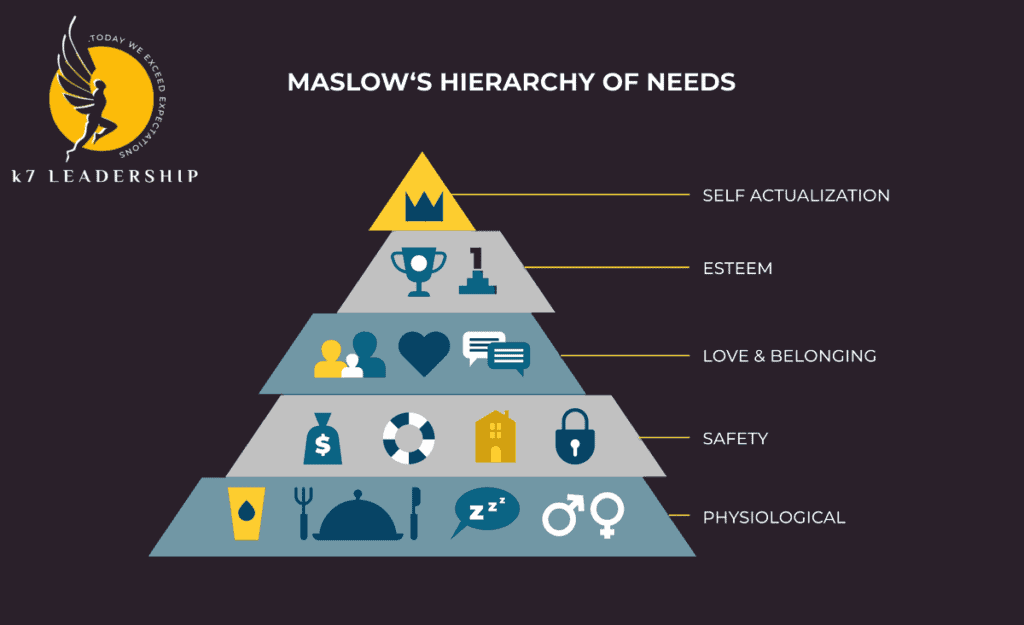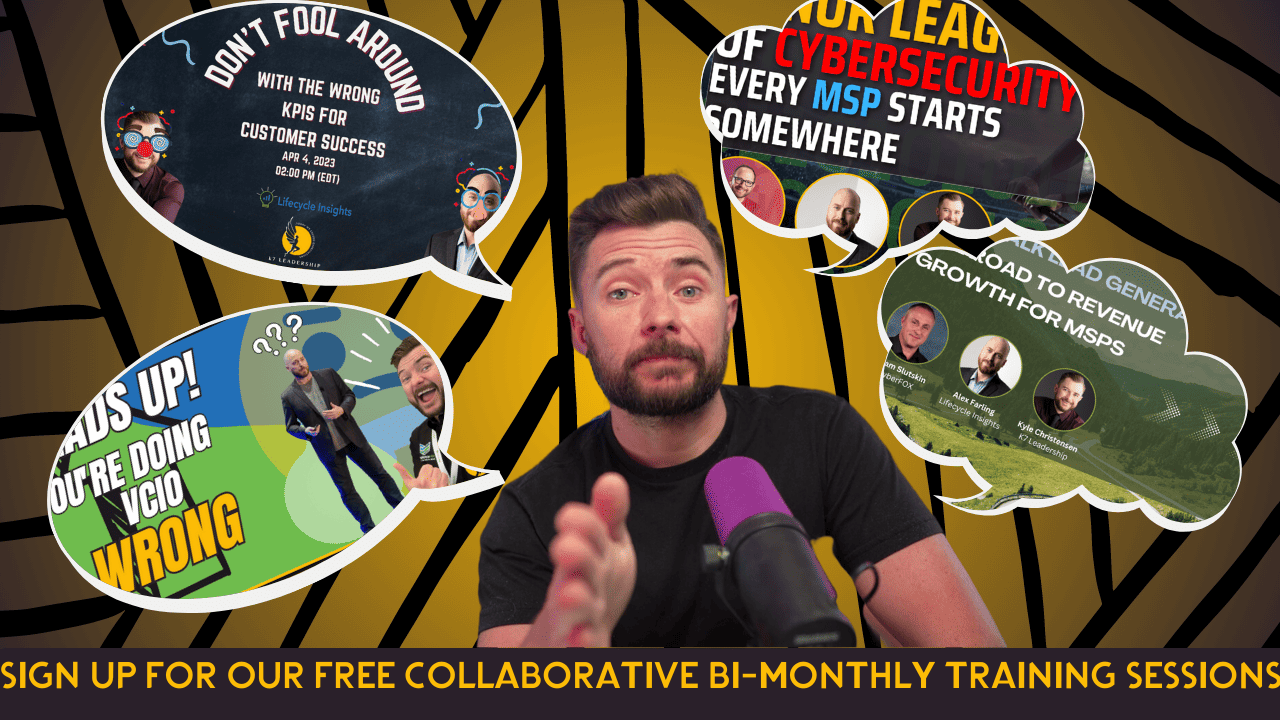
If you had a time machine (who doesn't?), journeying back 100,000 years ago would be an eye-opening experience. Scientists agree that at this stage in history there were seven to eleven human-like species - collectively known as hominoids - each with diverse and complex cultures of their own.
If we travel forward to roughly 10,000 years ago on our time machine, only one human species is left: Human Beings. Though there are various theories as to what happened during the 90,000-year span in between the Ice Age and this era, it appears that Human Beings were triumphant due their socially progressive brains. This proves that societal intelligence can propel us above all else!
Every organism, from birds and plants to humans, requires certain necessities in order to thrive. While some needs are obvious - food, water and sleep for instance - others may be less conspicuous; this is especially true of more complex living things such as mammals. Additionally, while a few requirements like self-actualization can add immense value to one's life without being essential for survival overall.

Abraham Maslow, an American psychologist, developed a helpful model—referred to as Maslow's Hierarchy of Needs (Easy Read Book)—to help us understand the hierarchy of human needs and motivation. Though he did not use it in this shape originally; the pyramid is used now for its simplicity and conveys meta-motivations.
Maslow's pyramid proposes that our fundamental Needs lie at the bottom and gradually move towards optional wants as we ascend to higher levels of fulfillment. To be precise, these necessities coalesce into "must-have," "need-to-have," and then finally into the desire for betterment - “I’ve-got-all-I need but I want to be more."
Maslow initially postulated that each level of his hierarchy must be completely met before an individual could proceed to the next, but subsequently concluded that our brains possess a complex system with multiple parallel processes running concurrently. Consequently, people’s behavior is often characterized by various levels within the pyramid competing and conflicting with one another. In light of this complexity he intentionally used terms such as “relative," "general" and "primarily" when discussing his theory.

Healthy tribes are united by a shared sense of trust, as well as similar values, skills, objectives and resources.
We all must take responsibility for ensuring our "Base Needs" (the fundamentals of life) are met, both now and in the future. It's impossible to become fully realized without this basic self-accountability. Maslow's Hierarchy of Needs is an invaluable resource when it comes to placing priority on our wellbeing - provided we desire a deeper level of fulfillment in life!
So, how do Maslow's Hierarchy and Work/companies relate? You've come to the right place!
As we all remember, ten thousand years ago, Homo Sapiens were the only surviving hominoids on Earth. Despite that scientists (especially social scientists) have a tendency to debate every subject under the sun, it is generally accepted that our species was victorious due to having brains with much more advanced social abilities.
What distinguishes the Human Beings brain that makes us such social creatures?d why is the founder of Ninety.io even writing about evolution?
Consider what life was like 50,000 years ago or even 3,000 years ago! We were pretty much exposed to the elements and we wanted to know whether it is okay for us to trust someone. It could be a risky move; they might have hurt us in some way or steal our food. But on the other hand, that person might help us find sustenance, protect our family from harm's way and guide us in building sheltering structures that can shield us from nature’s forces as well as store our goods securely. They may teach us something new too – take care of tasks which are unpleasant or beyond our capabilities -
not forgetting how laughter can make everything better sometimes!
How can we learn to trust other people?
Paul Zak's book, Trust Factor, offers intriguing evidence that at the core of trust lies a neurotransmitter called oxytocin. Also known as "the cuddle hormone" or "love hormone," this special compound helps us to decide if we should keep our distance from someone else or interact and trust them. In simpler words: oxytocin is what makes trusting people possible for humans.
Our species, Homo sapiens', incredible capacity to form connections with one another and experience oxytocin-fueled bonding has allowed us the opportunity to work together in order to satisfy our fundamental needs of food, water, shelter, and safety - all of which are classified as Needs 1 & 2 on Maslow's Hierarchy. It is this human instinct for tribal behavior that enabled us to thrive over thousands of years.
As time passed, our constantly developing ancestors realized the tremendous power of trusting in one another. They understood that without trust they would never be able to pool together their talents and skills in order to gain an edge over competition. By effectively breaking down tasks and delegating work, not only did they become more conscious of their need to belong (Level 3), but also discovered where their individual abilities were best suited compared to the rest of the tribe. Self-esteem flourished as a result; since then, members felt that each one was making an important contribution for the benefit of all - thus affirming their own worth in every way (Level 4).
Our ancient ancestors were gifted with many powerful abilities, and amongst these was the development of an ever-growing range of emotions. Not long after this came language; words became one of the first truly invaluable tools that enabled them to comprehend not just things around them but themselves too. By combining words in complex ways, our forebears had found a way to gain deep understanding about their world and all within it.
Our initial emotions were those that aided us with survival, such as fear and love. As the significance of pertaining to a group rose, these sentiments became more intricate (i.e., shame rather than guilt). As our emotions became more complex (like the difference between rage and anxiety), we started to create words and sentences that helped us better comprehend and express what we were feeling. It's likely that these terms enabled us to further develop capabilities which ultimately led us on a journey towards self-actualization.
When our oxytocin-powered ancestors, and their tribes began evolving, they developed a strong sense of purpose. The motivation for the individuals was to make life more bearable or even to defend what they believed in. At other times, this higher calling led them down paths of greatness and honor (e.g., "the greater glory of Rome"). All these goals became part of everyday life as motivations that bound people together as one united community with one common aim: achieving great things through strength and courage!
Eventually, Human Beings pushed their boundaries and created more intricate processes for comprehending life. This elevated humans to new heights; they began to separate tasks based on talents, skills and experiences in order to create a better future. By delegating work within the team, individuals could focus on higher stakes or ventures (an essay about “Flow” is forthcoming).
Establishing levels of skill-sets such as organizational structure, scheduling, and leadership abilities not only made life easier during that period but also ensured a secure and abundant future. That day marked the beginning of more gains to come.
Human Beings developed elaborate hierarchical competencies, consisting of planning, process, leadership and politics among others. These allowed them to form large tribes that assured their safety while also furnishing the resources needed for ambitious projects - such as constructing the Great Pyramids - which necessitated a populous collective effort.
Millennia ago, Human Beings devised larger communities to maintain order and peace. To keep control of the situation, they created hierarchies of values that established what was permissible or intolerable. Early on, these norms were typically bestowed by religious teachings and customs (thought to have started around 5,000 years ago).
Values enabled people to not just collaborate, but also remain unified as their tribes grew in size. As an example of the impact values had on human behavior, marriage and monogamy became prevalent because there was more stability (such as fewer murders) within tribes that practiced large-scale polygamy compared to those where females were hoarded by powerful or "more desirable" males. One can see how this could lead young men down a path of uncivilization if they were deprived of potential mates due to these conditions.
Eventually, more broad values (such as honesty for building trust) became social norms. Unlike values that usually remain abstract ideas of what is important and desirable, these are much more concrete expectations regarding behavior and codes to adhere by.
Human Beings eventually started to develop laws and regulations that deemed certain norms so vital that breaking them would result in punishment. In recent millennia, humans have also been discussing the notion of "rights."Our founding fathers of the United States declared humans held specific “unalienable” rights. Although they thought these to be self-evident, it is obvious this was not the case and thus led to a Bill of Rights being created in order to outline citizens' constitutional rights. This idea preceded that of The Universal Declaration of Human Rights (UDHR) by almost seven decades which occurred shortly after World War II as an answer for what happened during those troubling times.
I'm convinced—both the Bill of Rights and the Universal Declaration of Human Rights are consistent with this conviction—that every human being has an inalienable right to:
I firmly believe that with the possession of our inalienable rights, we have the capacity to reach great heights and thrive as individuals.
Over time, the definition of Rights has significantly shifted. The Universal Declaration of Human Rights (UDHR) lists not only unalienable rights but also provides for foundational and aspirational protections as well. In essence, these three different types of Rights empower us to safeguard our fundamental liberties while striving towards a more egalitarian society in which everyone has access to meaningful employment opportunities. To learn more about these concepts, please visit the "Works" section!
My conviction is that our Needs are not Rights. Though they certainly exist, we can't meet them when we enter the world because of how distinctive each person is. To accomplish self-actualization and gain a sense of worthiness for ourselves, it's necessary to be responsible for one's own Needs--which means embracing hard work. We will never be able to reach true fulfillment if forced to rely on someone else or an organization instead of ourselves.
As a concluding thought, I want to highlight the distinction between Needs and Rights. We understand that not anyone can always take care of their own needs due to unforeseen circumstances. That's why it is essential for tribes -- both large and small -- to help those who are in difficult situations or have physical limitations which prevent them from providing for themselves adequately. It is this kind of social responsibility that helps establish strong communities across time and place!
To summarize, thriving tribes (e.g., teams, companies, nations) all share a common set of values and different yet complementing interests, talents and objectives. I am also of the opinion that solid health and collective communities require individuals who can both safeguard what keeps them united and think progressively, so they are prepared for any situation. To put it simply, Maslow's Hierarchy is applicable not only to people but tribes such as groups, corporations, localities, countries etc., too.


K7 Leadership
(619) 249-8121
[email protected]
© 2022 K7 Leadership. All Rights Reserved.